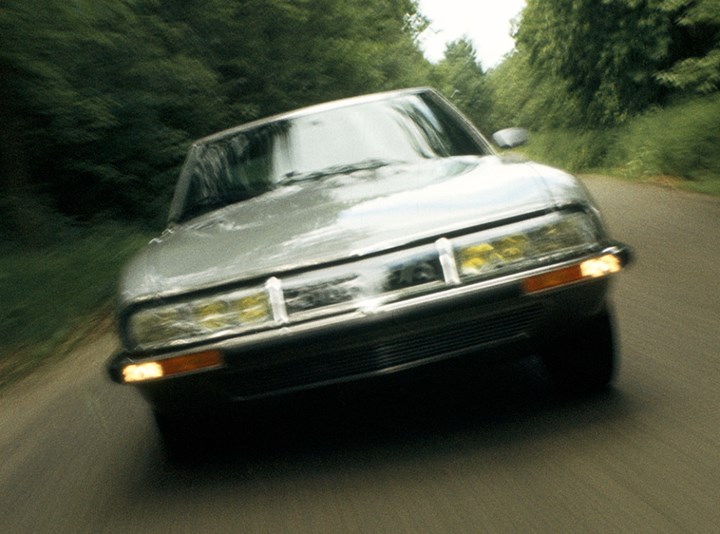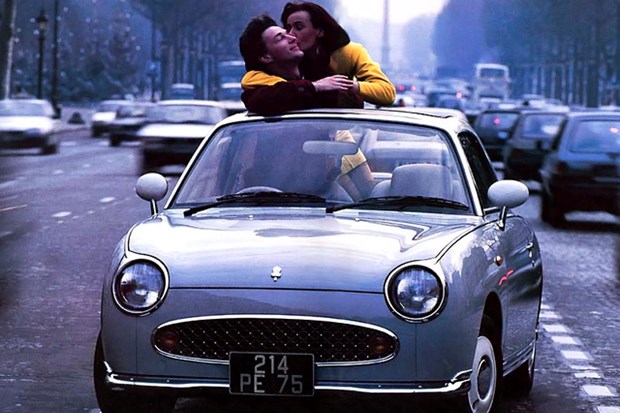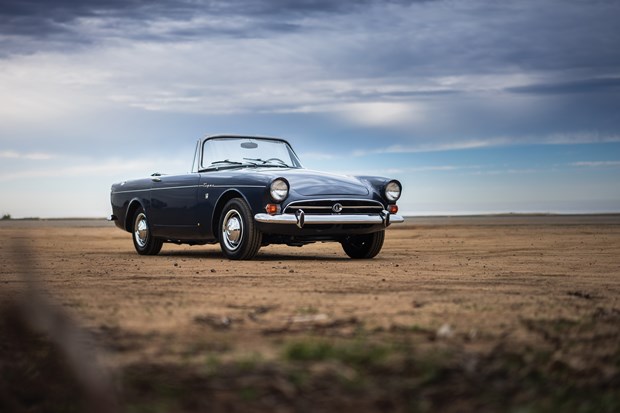
The result of the union of Citroën and Maserati, the SM shook up the codes of luxury for five years. Still as fascinating more than 50 years after its launch, it has the power to leave no one indifferent.
From the mid-1950s onwards, the Citroën DS attracted the interest of some rally enthusiasts thanks to its outstanding road capabilities. Its hydropneumatic suspension worked wonders on rough roads and compensated for the very modest performance of its 4-cylinder engine. More of a marathon runner than a sprinter, the French saloon was alternately shortened or lightened, either by Citroën or by enlightened amateurs. In the early 1960s, the S project was born of a desire by the brand's directors to create a sportier and more luxurious version of the DS. The engineer Walter Becchia was asked to modify the Citroën block and he developed a version with double camshafts of this ancient engine inherited from the Traction!
Even though the results were an improvement, some of the brand's directors would have preferred an Italian engine instead. Maserati became part of Citroën in 1967: the way was thus open to attempt this seemingly unnatural marriage. At the head of the research and development department, the engineer Giulio Alfieri took note of the requirements of Citroën's management: a 6-cylinder engine with a capacity of about 3 litres that could drive a car weighing 1,400 kg at 200 km/h.
If these characteristics were not difficult enough, the deadline of only 6 months given by the French certainly was! Far from being discouraged, Alfieri met the deadline by simply cutting two cylinders from a Maserati Indy V8 to make a V6! The S project could then be realised and the letter M (for Maserati) was added. After many tests with modified DS's, the reliability of the engine was improved. Enough (at least, that's what the engineers thought!) to consider mass production.
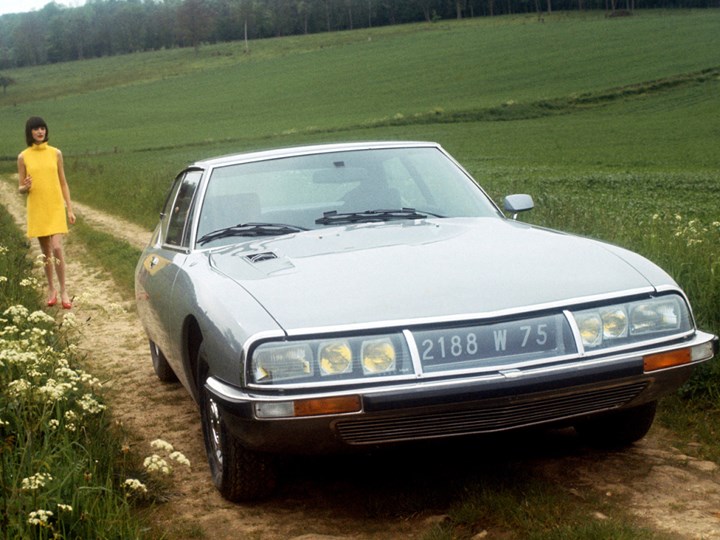
Unique
At the 1970 Geneva Motor Show, one car created a permanent crowd on the Citroën stand: the SM, whose development was completed in a record time of 18 months. At the time, this model was revolutionary. First of all, there was its singular line with a front axle that was wider than the rear, thanks to the French designer Robert Opron.
Seeming to float on the road, the French coupé commands respect and looks like no other. But the SM was above all a showcase of Citroën's technological know-how at the time: we can mention the 4 hydraulic power-assisted disc brakes, the speed-sensitive power steering with self-centering, the six headlights (two of which were directional) under a glass fairing, the hydraulic suspension so central to the brand, the wheels made of composite materials, the depth and height adjustable steering wheel (a first!) and the glued windscreen (unique in its kind in 1970).
This show of strength was completed by the 2.7 litre Maserati V6 engine which developed 170 bhp thanks to three twin Weber carburetors. Sold at quite a high price (twice the price of a DS), the SM seduced a clientele eager for originality, which were unfortunately quickly disappointed by some early teething problems, notably the timing chains which proved to be fragile.
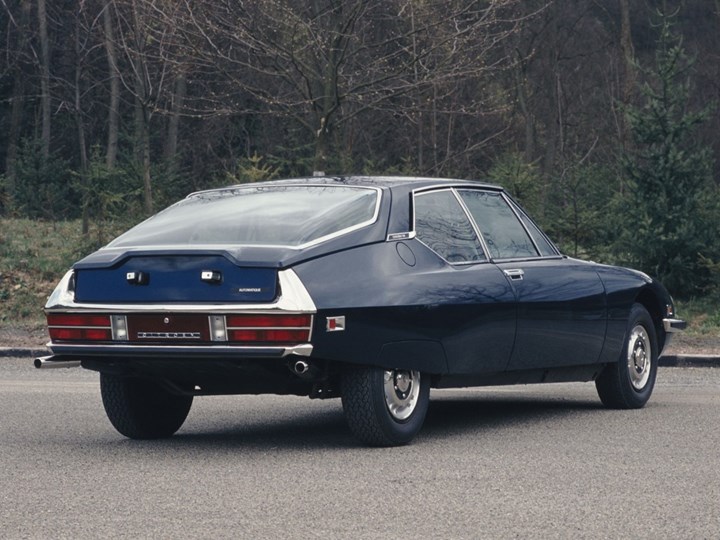
Killed by petrol
The career of the big coupé was not a long quiet river. In addition to suffering from random reliability and the ignorance of a dealer network used to much simpler engines, the SM was hit hard by two major oil crises in 1973 and 1975.
The French car, naturally greedy for fuel, was shunned. However, it adopted the Bosch D-Jetronic electronic fuel injection, which was accompanied by a slight increase in power (178 bhp) and, above all, brought more smoothness and a notable reduction in consumption. Surprisingly, the SM was of great interest to the American market (to the point of becoming capital for this model) and that is why a 3-speed automatic version was released in 1974.
This model was based on a re-bored version of the V6 (180 bhp), which was used in the Maserati Merak. In 1974, Citroën was taken over by Peugeot, who ended the career of this top-of-the-range car the following year, producing only 12,920 units in five years.
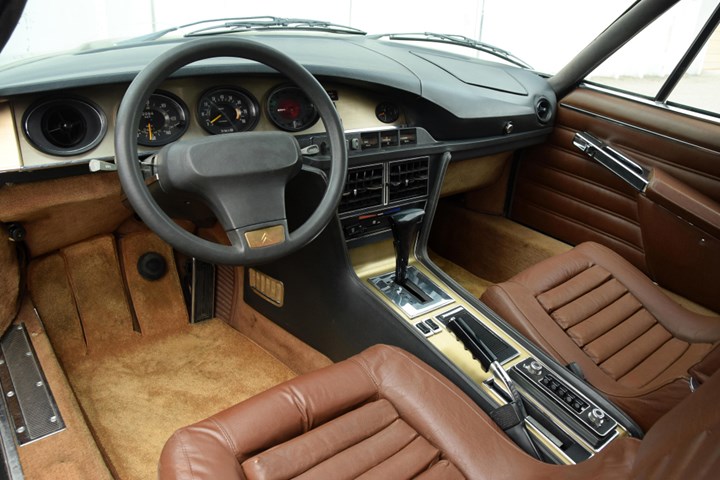
Demanding
Before considering the purchase of an SM, it is important to think carefully about its mechanical complexity, which requires a good knowledge or a well-filled bank account! Indeed, this car requires rigorous maintenance and the sources of trouble are numerous. In Belgium, there are few specialists and this labour is expensive. The Maserati V6 needs to be made more reliable if it is still original and the maintenance of the Citroën hydraulic system is not very easy.
Another negative point is that the SM is very sensitive to corrosion and the complete restoration of a car is a titanic task. So, it's better to buy a car in perfect condition, with a check of minimum 35.000-40.000 €. For the moment, the ultimate grail is the SM2, a restomod that is in fact an improved version of the SM in every respect sold by a special French workshop. This marvel is unfortunately sold... 240.000€ !
